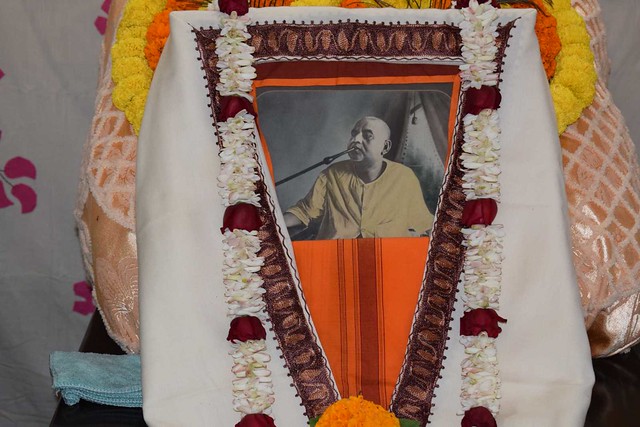On the way from Swamiji’s Bedroom towards the temples, we first see to our left is the temple dedicated to Swami Brahmananda, the spiritual son of Sri Ramakrishna and the first president of the Ramakrishna Order. He is also known as ‘Raja Maharaj’, ‘Rakhal Maharaj’ or simply ‘Maharaj’. His temple stands on the spot where his body was cremated on his passing away on 10 April 1922. The temple was built in a short period of two years. Shyam Ghosh, a disciple of Swami Brahmananda, bore the expenses, which came to Rs 40,000. Shyam Ghosh was the son of Navagopal Ghosh, a disciple of Sri Ramakrishna. The temple was dedicated by Swami Shivananda on 7 February 1924, Maharaj’s birthday.
The temple has a marble image of Swami Brahmananda. Sri Ramakrishna once declared him to be a boyhood companion of Sri Krishna in his earlier birth. As if to remind that fact, there is a little image of child Krishna below Swami Brahmananda’s image. It is worshipped on special occasions like Sri Krishna Janmashtami. On the top of the temple dome there is a Chakra (Disc), symbolising Maha Vishnu’s weapon.
The upper storey of the temple is maintained as Maharaj’s bedroom; it has a cot and a few other things used by him. It is opened to the public once a year on Maharaj’s birthday.



